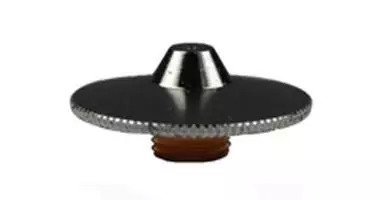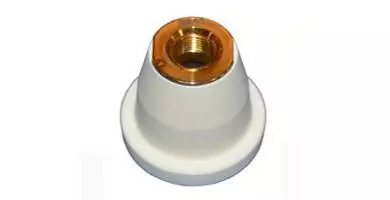Laser engraving and cutting has a lot of applications in the apparel, fabric, textile, garment, and leather industry.
Here, we are going to discuss the applications of laser engraving/cutting machines in the fabric industry.
1. Fabric Fault Detection:
When we receive a fabric at the garment production unit, you can detect the faults using morphological image processing. It uses laser based optical fourier transform analysis for fault detection. It detects by repeating patterns at regular intervals.
The fabric focuses on a laser and receives diffraction gratings. they are from periodicity of longitudinal and traverse threads in fabric.
It uses a fourier lens /to produce a diffraction pattern of the fabric. Whereas, the second fourier lens has the same focal length, and magnifies and inverts the test sample image. Try to use laser machines which have Trumpf eco nozzle and Prima parts.

A charge coupled device camera captures the image, transfers and stores it in a computer. The computer program compares the images with existing ones and converts them in binary mode.
It reports a fault when the measured parameter deviates from the standard. Remember, the severity of the fault depends on the amount of deviation.
2. Laser Cutting:
The fashion designers are currently adopting laser cutting in garment manufacturing. In synthetic fabrics laser cutting produces well finished edges as the laser melts and fuses the edge. This avoids the problem of fraying produced by conventional knife cutters. Laser cutting increases use for leather due to the precision of cut components. In the jewelry industry laser cutting is useful to produce new and unusual designs. It produces a fusion of apparel design and jewelry style.
In laser cutting it uses lasers to cut the fabric into your desired shapes. A very fine laser focuses on the fabric surface, it increases the temperature, and cutting takes place due to vaporization.
The gas lasers are useful for cutting of fabric. The cutting machine contains a source of laser. A cutting head fits with mirrors and reflects the laser beam to the cutting line. It utilizes a computer to control the entire system and a suitable means for removing the cut parts.
The application of inert gases during cutting prevents the burn and removes debris and smoke. The mechanical cutting devices of a laser beam do not become blunt and need sharpening.
Automatic single laser cutters are faster than automatic many knife cutters. While cutting many plies, knife cutters are faster per garment cut and also cheaper.
The limitation of laser cutting is the number of lays of the fabric which can be useful to cut by the beam. Best result happens with cutting a single or a few layers. But, the accuracy and precision obtains with several plies.
There are chances of the cut edges to fuss together especially in case of synthetics. Often the edges of cut patterns and sewn garment are essential and prevent fraying.
3. Mass Customization:
Mass customization is useful when custom fit garments depend on the body dimensions and individual’s choice. The first thing to mass customize garments is the accurate measurement of a person. Laser scanning technology is one of the major techniques useful for measurement.
Laser scanning technology uses one or many thin and sharp stripe lasers to measure body size. Cameras are useful to get the scene and assist the laser scanner. To avoid the harm of the beam, it uses only eye safe lasers. It uses optical devices like mirrors which can be useful to assist a single laser beam.
Laser scanning unit consists of light sensors and optical systems. Numerous light sensors and optical systems can defer. Trying using laser machines which have Trumpf eco nozzle and Prima parts as they are easy to replace.
Conclusion:
There are many applications of laser engraving in the field of fashion industry. Today most of the people in the fashion industry use laser machines to make sure their designs speak volumes. It completely changed the way we look and fashion today.





